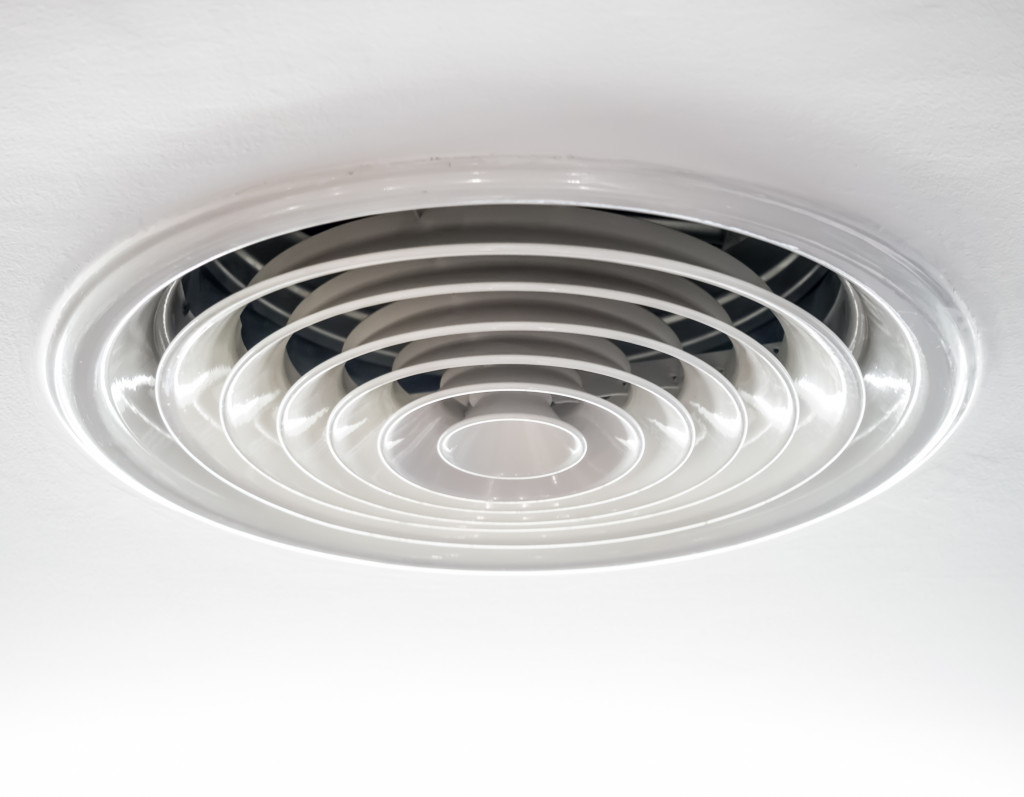Did you know that mold and mildew can start growing in as little as 24 to 48 hours when there’s moisture present? Not only is mold unsightly, but it can also cause health problems, especially for people with allergies or respiratory issues. That’s why keeping your home free of mold and moisture is essential. Here are five ways to do just that:
Use a dehumidifier
Dehumidifiers play a vital role in reducing the moisture in the air, which can help prevent mold and mildew from growing. Reducing the humidity in your home makes it less hospitable for mold and mildew to grow. Here are some key locations you should place your dehumidifier:
Basement
Most people forget that the basement is a crucial mold and mildew growth area. The basement is usually the house’s dampest and coolest room, making it the perfect environment for mold to thrive. Placing a dehumidifier in your basement can help keep mold at bay.
Bathroom
The bathroom is another key location for mold and mildew growth. Bathrooms are often humid due to showering, bathing, and other activities. By placing a dehumidifier in your bathroom, you can help reduce the moisture in the air and prevent mold from growing.
Bedroom
Your bedroom is another crucial area to place a dehumidifier. This is because bedrooms are typically warmer than other rooms in the house, which can lead to increased moisture in the air.
Laundry room
The laundry room is another prime location for mold and mildew growth. This is because laundry rooms are often humid due to the dryer and washing machine.
Dehumidifiers are lifesavers when reducing mold and moisture in your home. Placing a dehumidifier in critical locations can help keep your home mold-free and comfortable all year long.

Improve Ventilation
Ventilation is key in preventing mold and mildew growth. Improving ventilation in your home can help reduce the air’s moisture, preventing mold from growing. Here are some ways to improve ventilation in your home:
Install Breathable Insulation
One way to improve ventilation is to install breathable insulation in your walls and attic. A good type of breathable insulation is Knauf insulation. It’s made of fiberglass, rock wool, or cellulose and has a water-resistant paper backing. This type of insulation helps to regulate the temperature in your home while also allowing moisture to escape, preventing it from condensing on your walls and ceiling.
Install a Whole-House Fan
Another way to improve ventilation is to install a whole-house fan. This will help move air throughout your home, preventing moisture buildup.
Install Exhaust Fans
Exhaust fans are also a great way to improve ventilation in your home. For example, installing exhaust fans in your bathroom and kitchen can help remove moisture from the air, preventing mold from growing.
Install Gable Vents
Gable vents are another type of vent that can help improve ventilation in your home. They are placed at the top of your gable walls and help to circulate air through your attic.
Adding ventilation to your home is a great way to reduce mold and moisture.
Fix leaks
Any time you find a leak, no matter how small, it’s essential to fix it immediately. Leaks can quickly lead to moisture buildup, leading to mold growth. Here are different ways you can fix leaks in your home:
Plumbing leaks
If you have a plumbing leak, the first step is to turn off the water in your home. Once the water is shut off, you can then repair the leak.
Roof leaks
If you have a roof leak, you’ll need to patch the hole or replace the damaged shingles. It’s important to fix roof leaks as soon as possible to prevent moisture from entering your home.
Window leaks
If you have a window leak, you’ll need to caulk or install a weatherstrip around the perimeter of the window. This will help prevent moisture from entering your home and causing mold growth.
Repair and Inspect HVAC
Your air conditioner is another potential source of leaks, so inspect it regularly for any signs of water damage. If you find water damage, have a professional look at it as soon as possible so they can make any necessary repairs before the problem worsens.
Clean regularly
One of the best ways to prevent mold is to keep your home clean and tidy simply. Make sure to clean surfaces with dry cloth after cooking or showering, and vacuum and mop your floors regularly.
If you’re not already taking steps to reduce mold and moisture in your home, now’s the time to start! These simple tips can help keep your home healthy and free of mold all year round.
